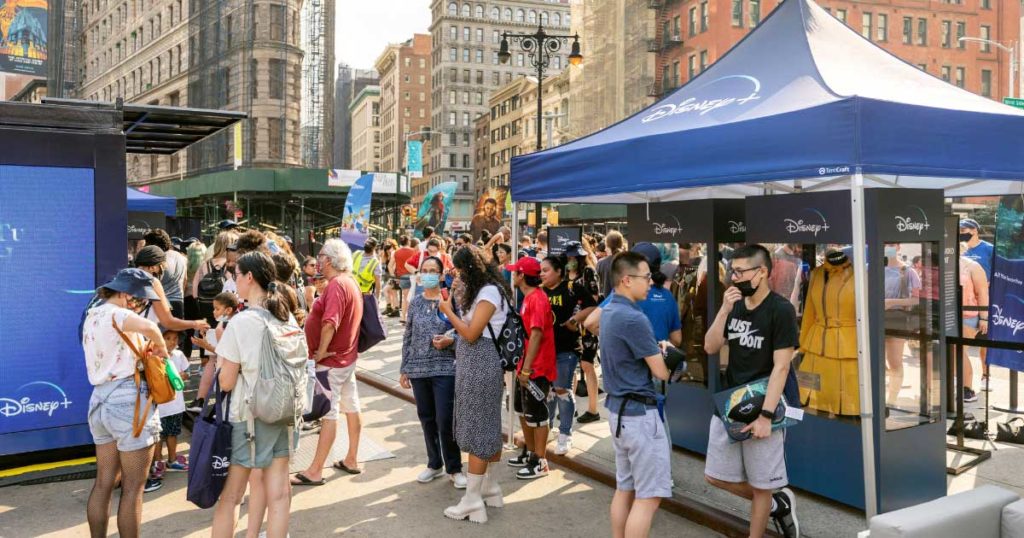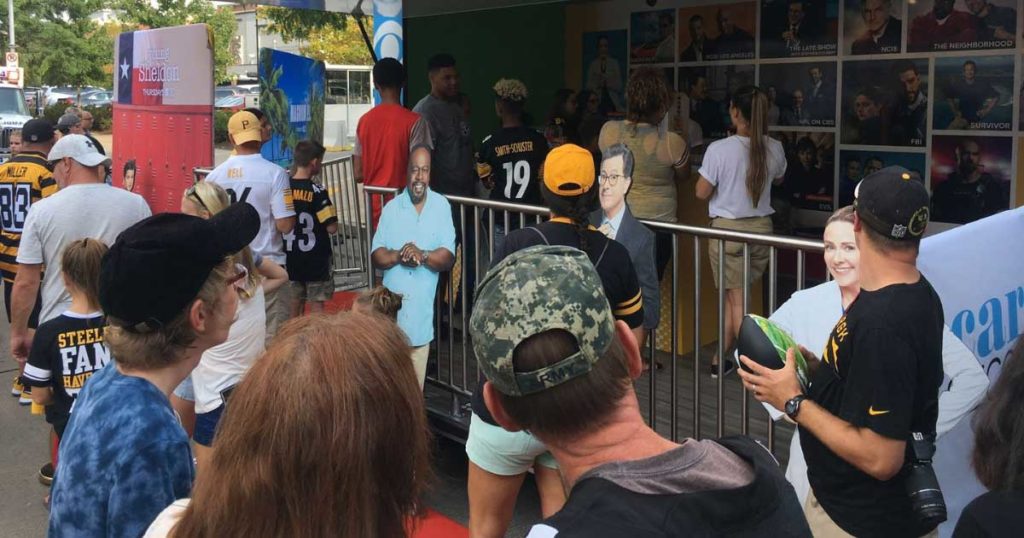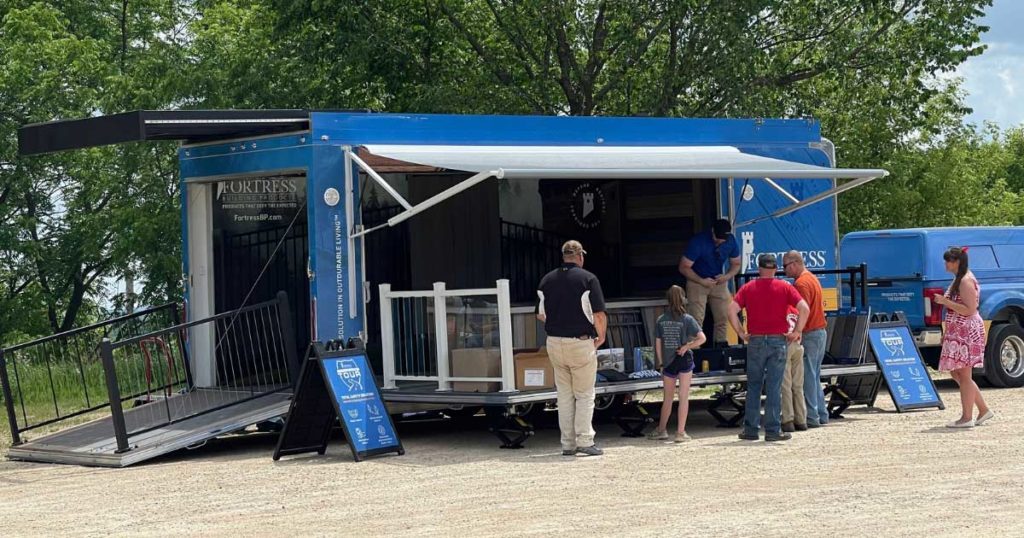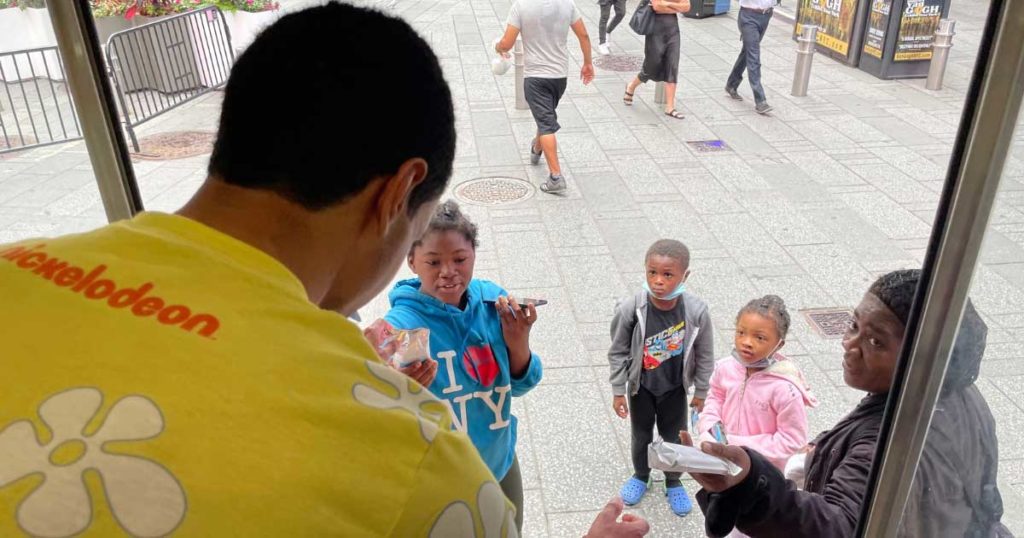Traditionally, return on investment has been a quantifiable measure to gather immediate results. However, rapid results aren’t always possible in experiential marketing, making your ROI look completely different. It can be a struggle to measure offline interactions, but not impossible!

What is ROI?
Return on investment is a metric used to understand the profitability of an investment. In our case, it’s the profitability of an experiential marketing event. ROI compares how much you spent on the investment (event) to how much you earned, which will evaluate the efficiency the XM campaign had on your brand.
When working with marketing return on investment, there are a couple of additional aspects to consider. This is what we call “hard” and “soft” ROIs. A typical business has a hard return on investment. This type of ROI includes sales, numbers, and customers. Experiential marketing has more of a soft return on investment. These components include brand strength, customer experience, and consumer loyalty. Soft ROIs don’t occur immediately but play a significant role in the company’s long-term success.

Tracking your progress
The most essential requirement when identifying your return on investment is tracking. Without tracking your progress, it’s almost impossible to determine your ROI. The earlier you begin monitoring, the more prepared you’ll be after the event. Start by identifying four key data points you want to track and use these as your baseline.
Once you’ve identified these metrics, transition them into real goals you have for the event. Hint: create plans that would help increase the baseline metrics you just established. These goals should be in writing and agreed upon by everyone involved in the event. Some example goals include increasing brand awareness, sales, product knowledge, customer education, new product engagement, lead generation, and media impressions.
Before your event, you’ll also want to create a measurement strategy. How will you measure your event to know if you’ve met your goals? Will meeting these goals increase the baseline measurements you’ve already established? To make your measurement strategy, you’ll list all the data you need to gather before, during, and after the experiential event. You’ll want to check the information regularly to ensure it’s accurate and relevant.
Then you need to establish how you’ll collect this data. For marketing purposes, Google Analytics is highly beneficial. With Google Analytics, you can track your social channels, website, and other web traffic and have all your data in one place. There are several different ways to collect data. The main takeaway is that it needs to be readily accessible and organized. It’s best to have this in writing as well. That way, everyone on your team is on the same page and understands what to look for. These data points could include engagement, new leads, opportunities, brand awareness, etc.

Engagement
One of the easiest ways to measure data is from engagement. While promoting your event, you’ll want to track how many RSVPs you receive. The number of people NOT attending and who MIGHT attend are just as significant as those who say they will attend. If the numbers don’t look right, you’ll want to reevaluate how you promote the event and take immediate action. It’s also essential to track the number of overall attendees compared to the number of RSVPs. Ideally, the number of attendees will heavily exceed those who RSVPed.
You can also track conversations between brand ambassadors and attendees. Have the ambassadors get contact information from each person they converse with. This is a great way to get an idea of genuine interest in your brand through discussions ambassadors had during the event. Compared to the overall traffic of the event, this number is valuable data.

Leads
How many new consumers did you gain from the event? This number will increase over time, well beyond the event’s conclusion. Ideally, you’ll want to have an increase in new leads. If that number is rising, your ROI will follow. These new leads will give your brand a better sense of your demographic information. Did your event attract the audience you were targeting, or do you need to reevaluate your target markets?
Opportunities
This is where you need to give a little nudge. You’ll want to follow up with every attendee a day or two after your event. Utilize your sales team for this task. It’s wise to have all sales members train extensively before the event. Have members collaborate by running through different scenarios, participating in mock sales calls, and giving feedback to one another. You want your sales team to be prepared for success! Divide up the leads from the event amongst the sales team. The team will be responsible for building relationships through these leads. Their goal is to connect as many attendees as possible to your brand. This is essential in turning those leads into real opportunities for consumers. The conversion of leads to prospects is valuable data. This will show how many attendees really connected with your brand.
This is also a great time to use CRM systems. Customer relationship management is a technology for managing your company’s relationships and interactions with existing and potential customers. These systems help companies stay connected to customers, streamline processes, and improve profitability. CRM also can keep track of consumer relationships throughout their entire lifecycle as a customer. This is a helpful process for all sales members and company employees who regularly interact with consumers.

Brand Awareness
This is data you pull from a variety of sources. Look on all social platforms to see what attendees say about your event. Additionally, you can refer to Google Analytics for this task! Read industry news daily to see if there’s any mention of your event or brand. If the event makes an impression, it will be promoted. See how the event press perceived the overall experience. Ideally, all of these outlets will be positive, which will increase your return on investment.
Start your strategy today! Events are more than just a way to get your name out there. When handled with an intentional approach, they are a huge factor in increasing your return on investment. Determining your strategies is easy when you break it down and get everyone on the same page. Grab your gang and start improving your return on investment!

